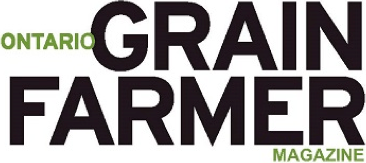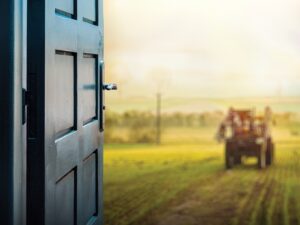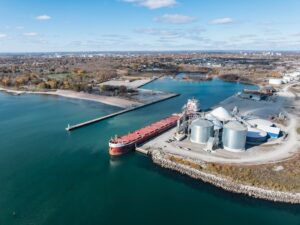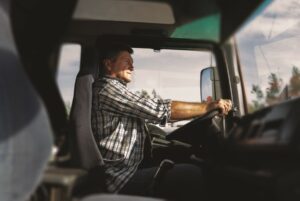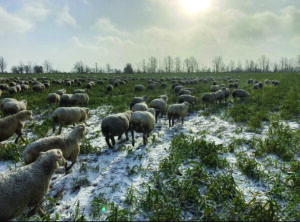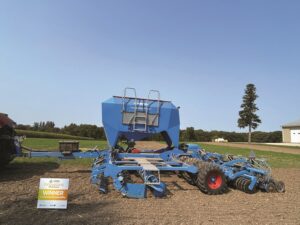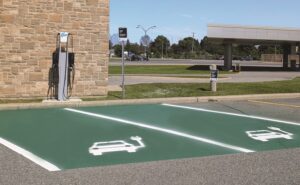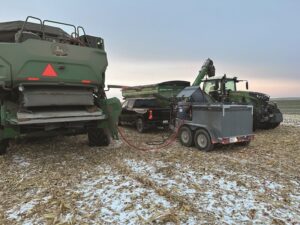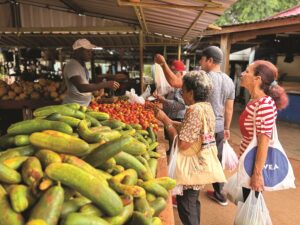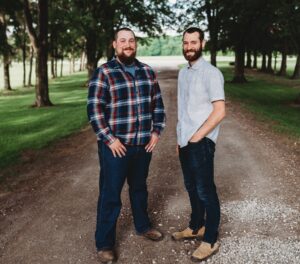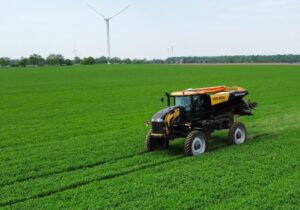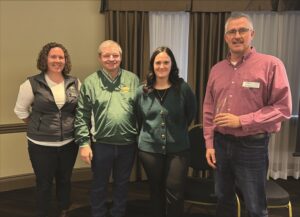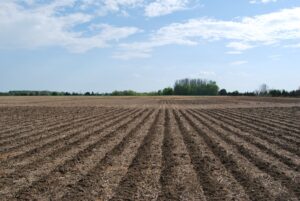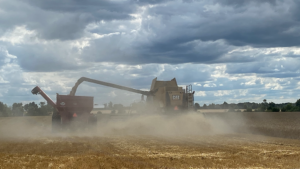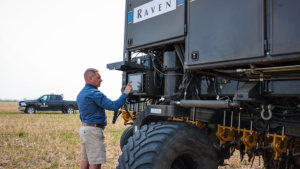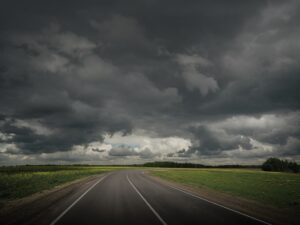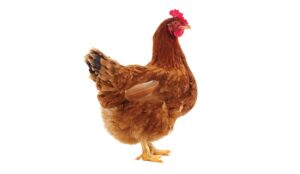In Danish waters
Denmark’s ambitious approach to water quality and biodiversity improvement
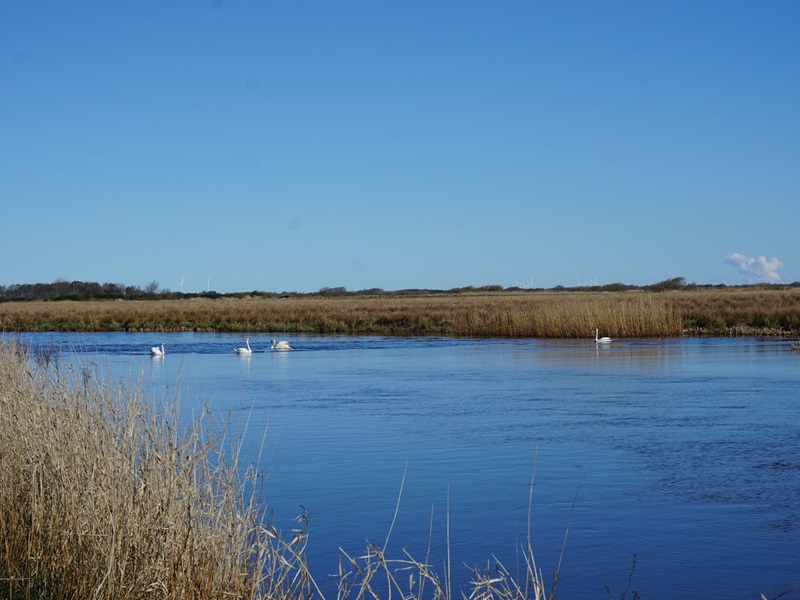
Denmark has restored 40,000 hectares of wetlands over the last few decades. Now, with ambitions to naturalize drastically more farmland over a much-reduced timescale, some Danes question whether their national government realizes the scale of investment required to achieve its nature restoration targets.
NATURE RESTORATION LAW EXPLAINED
The European Union assesses that 80 per cent of the continent’s habitats are in poor condition, with alarming rates of ongoing decline. Concerted efforts to restore wetlands, rivers, forests, grasslands, marine ecosystems, and the species they host are ongoing. The objectives are to increase biodiversity, improve the continent’s carbon footprint, build resiliency against natural disasters, and mitigate environmental risks to food security. The Restoration Law also includes specific targets pertaining to agricultural ecosystems, including increasing grassland butterflies and farmland birds, improving organic carbon stocks in cropland soils, increasing the share of agricultural land with high-diversity landscape features, and the restoration of peatlands currently drained for agricultural use.
One person in particular—Brian Kronvang, professor of ecological science at Aarhus University—cites a lack of extension services, rather than a dearth of money or political will, as a critical limiting factor.
He believes that the involvement of local farm representatives in the process of assessing property for restoration, as well as grassroots efforts to improve water quality on the farm, are important characteristics of Denmark’s approach and partly responsible for the successes to date.
DENMARK’S TRIPARTITE AGREEMENT
Denmark’s environmental restoration efforts stem from a broader push within the European Union to rehabilitate and restore the bloc’s land and seascapes. Under its Nature Restoration Law, officially in force since August 2024, European Union member states must take steps to conserve at least 20 per cent of land and sea areas by 2030, and “all ecosystems in need of restoration” by 2050. Each member state is responsible for designing and implementing its own programming to reach these targets.
Denmark has opted to reach Europe’s environmental goals through the Green Tripartite Agreement. This legislation was created by a committee comprised of farmers, government and civil service representatives, and environmental non- governmental organizations. The country’s goal of restoring an additional 140,000 hectares of woodland and wetland is one element of the agreement.
Frederick Thalbitzer, a Danish agriculture journalist and chair of the European Network of Agriculture Journalists, says Denmark’s Green Tripartite Agreement has widespread support among the majority of Danish legislators. Endorsements from both agricultural sector representatives and environmental groups also make it more difficult for future governments and political parties to reject it, providing long-term stability.
Such consensus, says Thalbitzer, is not to be taken lightly given how wide-reaching and ambitious Denmark’s strategy is. Regarding landscape restoration specifically, more than 10 per cent of the country’s agricultural land will eventually be converted to naturalized areas such as forests, some of which will remain in private hands, while other parcels will be acquired by the state.
“It is really enormous. Farmers would have to give up their land, but they would be compensated,” says Thalbitzer. “A majority [of farmers] would say, ‘okay, this is what we have to do. It’s the best deal we could get, and we will get the compensation for our land’.”
PLANNING (AND TIME) NEEDED
On the ground, regional governments have a hand in identifying what lands should be restored. Land is then purchased from the farmer, or other land is acquired in exchange for parcels designated for restoration. A combination of the two compensation methods is also possible. Farmer representatives, appointed by their regional peers, participate in the process by, in part, establishing the value of land to be acquired and traded.
Kronvang, who has been involved in wetland restoration projects across Denmark’s agricultural landscape, says the inclusion of farmers in land valuation and acquisition will be vital to the success of what is a very ambitious and complicated Tripartite initiative. His experience and observations over the last several decades indicate that widespread water quality and biodiversity improvements can be achieved if landscape restoration efforts are also beneficial for farmers.
Denmark has already recorded significant improvements in both inland and coastal waters, including a reduction in nitrogen loading between 1991 and 2018. While Kronvang considers such water quality improvement a dramatic success, he believes the country’s 140,000-hectares by 2030 goal impossible due, in part, to a lack of experts— specifically, those available to help farmers and local governments identify what lands ought to be acquired, traded, and re-wetted in a manner equitable, and ecologically effective, for both the farming and non-farming community.
This extension gap exists despite the massive hunger among regional administrations and members of the farming community to support the country’s overarching strategy. Kronvang doesn’t believe more extension professionals would solve every challenge in meeting Tripartite Agreement goals, but such individuals are nonetheless a critical element in the ability of local officials to plan, apply for, and navigate what he refers to as Denmark’s “very complicated” bureaucracy.
MITIGATING NUTRIENT RUNOFF
In addition to nature restoration, Danish farmers also contend with a variety of operational requirements focused on reducing nutrient loss. This includes limits on the volume of nitrogen fertilizer they can use and mandates that a certain percentage of acres be planted with cover crops each year, both being examples of how water quality is top of mind for the Danish government.
For his part, Kronvang continues working with farmers to establish practical natural infrastructure projects, within farms and at field edges, that mitigate nutrient loss to waterways. This includes strategically placed buffer strips, constructed wetlands of varying designs, more controlled drainage systems, restored wetlands, and other ideas trialled and evaluated over the last 15 years. The idea, Kronvang says, is to improve water quality through “bottom-up” approaches that make sense for each farm’s unique topography, soil structure, and other factors within the production system. •
